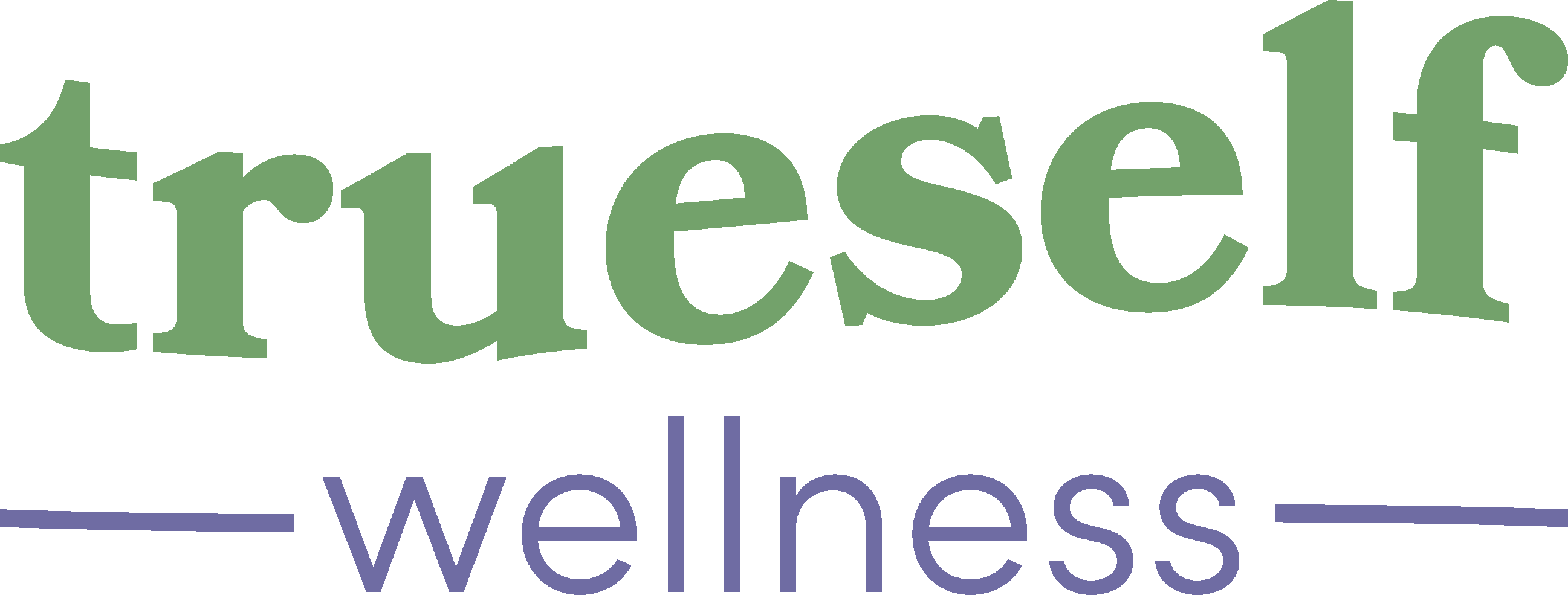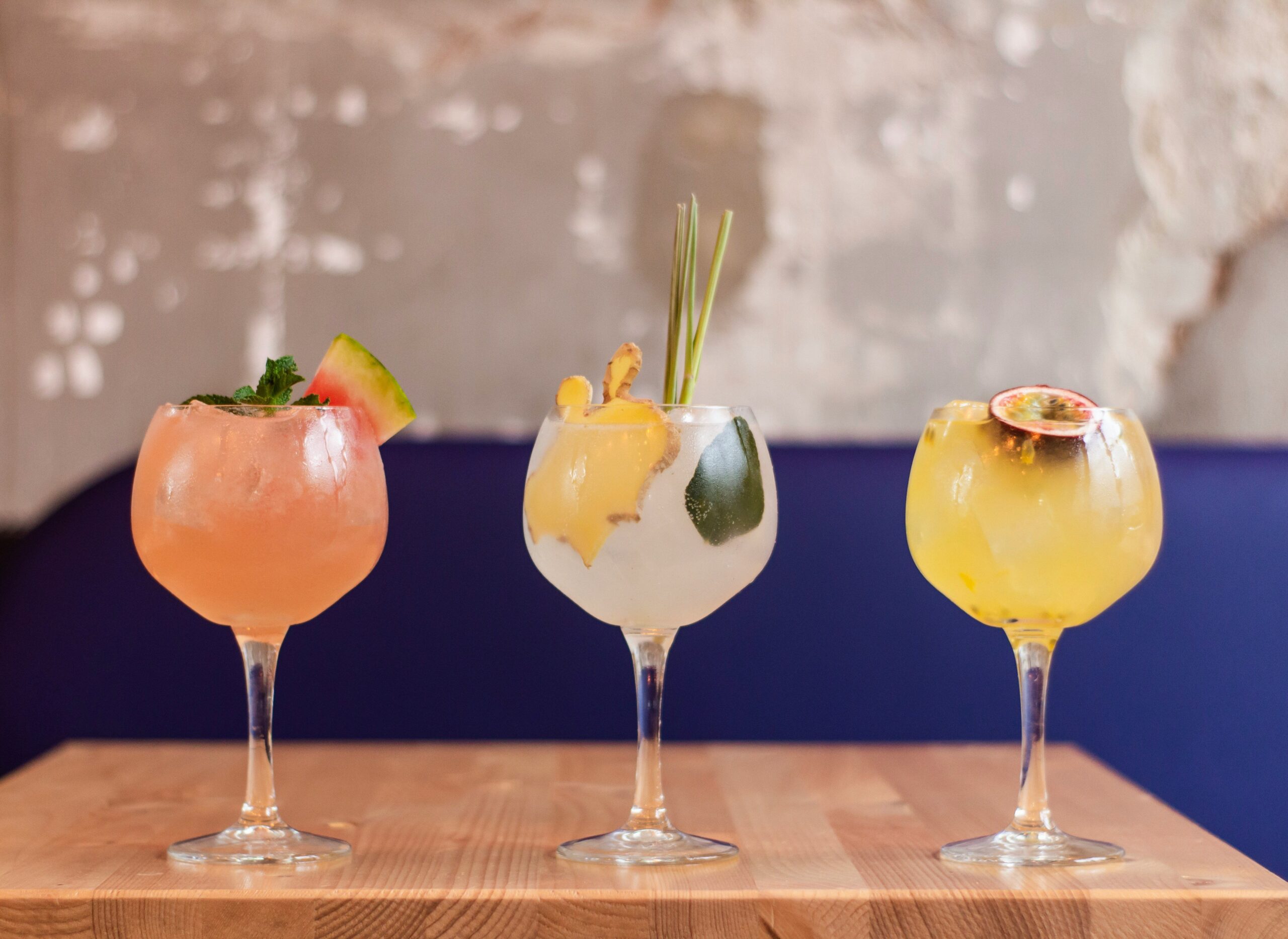Recently, there was a game trending on Twitter where students at liberal arts colleges loaded a thread with all the strangest classes they’d ever taken.
Courses ranged across disciplines with niche subjects, convoluted names, or classic liberal arts tropes. It was a fun way for current students to vent about their courses, past students to reminisce, and everyone else to watch, reveling in how peculiar the study of liberal arts can be.
Despite some of the weirder classes’ momentary fame (I personally know of a class about memes taught at my own alma mater), there’s one undergraduate course that’s gone viral every year since it started in 2018: “Psychology and the Good Life” at Yale University.
Taught by cognitive scientist Laurie Santos, this class is essentially about being happy. It wasn’t an Ivy League self-help seminar, nor was it a dystopian study on how we’re doomed to a life of dissatisfaction. Instead, it’s an exploration of scientific studies and techniques on how to live a more pleasant life.
With university students taking the course en masse and people auditing it online, it soon became a podcast series, “The Happiness Lab.” The course went from an avenue for college credit to a resource for those trying to answer the question: how to be happy?
This question is on the minds of many people these days. The pandemic robbed us of two and a half years, but the world we’re walking back into is not the same. We’re not the same, either.
From the pandemic divorce surge to an upswing of mental health issues, people’s emotional lives were absolutely rocked. Plus, the great recession and increased burnout reveal that our work lives are rocky, too. In short, many people are re-evaluating every aspect of their lives.
Feeling destabilized and unmoored, many are seeking change. Whether it’s taking control of their finances, quitting their jobs, or switching up their lifestyles, people are building new lives. Happier lives. But how?
Santos spoke to the New York Times about her own experiences and the state of happiness today in an enlightening interview that’s actually helping me figure out what I want to do with my life and how to create systems for increased happiness.
Here are my key takeaways from the interview:
- Avoid Burnout
The phrase “burnout” is overused these days. People on social media are quick to dub any tiredness or boredom as complete and total burnout. This minimizes the problem, reducing it to a quick fix that can be solved with a sheet mask and a drink. But it’s far more than that.
According to Santos, “I know the signs of burnout. It’s not like one morning you wake up, and you’re burnt. You’re noticing more emotional exhaustion. You’re noticing what researchers call depersonalization. You get annoyed with people more quickly. You immediately assume someone’s intentions are bad. You start feeling ineffective.”
If you’re feeling any of these things, you still have time to take a break before actually burning out — which can take weeks, if not months, to truly recover from.
Make sure to actually rest during your time off. Take a break from screens and invest in things that encourage you to prioritize taking breaks. My choice? This weighted blanket. Thank me later.
2. Mindset Matters
It may sound too good to be true to say that you can just decide to be happier. However, in some ways, you can. According to Santos: “the dirty secret is that we can intervene and briefly change behavior but long-term change is really hard … you can teach people to meditate or to do their gratitude journal, but unless they have robust structures around them societally that are helping people to do that, it’s not going to work. But my hope is you can create those robust structures societally.”
So, while it may be difficult to push past societal obstacles, it’s important to try and see the upside in your life. This means you can make peace with the things that are out of your control, and try to change the things that aren’t. To evaluate these things in my own life, I do what Santos recommends: I use a gratitude journal. I meditate with crystals.
3. Make Self-Care Long Term
The infamous slogan “treat yourself” might have done more harm than good to my mental health. Too often, I find myself succumbing to momentary pleasures rather than investing in my long-term happiness. Santos says this is normal. “Our minds lie to us. We have strong intuitions about the things that will make us happy, and we use those intuitions to go after that stuff, whether it’s more money or changing circumstances or buying the new iPhone. But a lot of those intuitions, the science shows are not exactly right — or are deeply misguided. That’s why we get it wrong.”
Rather than listening to pleasure-seeking lies, do the thing which will make you happier over time. For me, that’s meal prepping for nights I want to order in, and loading up on healthier snacks like Hippeas or Dried Mango instead of binging on ice cream. It also means working out when I’ve had a rough day — even if it’s just a 15-minute youtube video using nothing but my Yoga Mat and Bala Weights.
In the end, happiness is the life you create for yourself with intentionality. According to Santos, it’s: “smelling your coffee in the morning … Loving your kids. Having sex and daisies and springtime. It’s all the good things in life. That’s what it is.”










